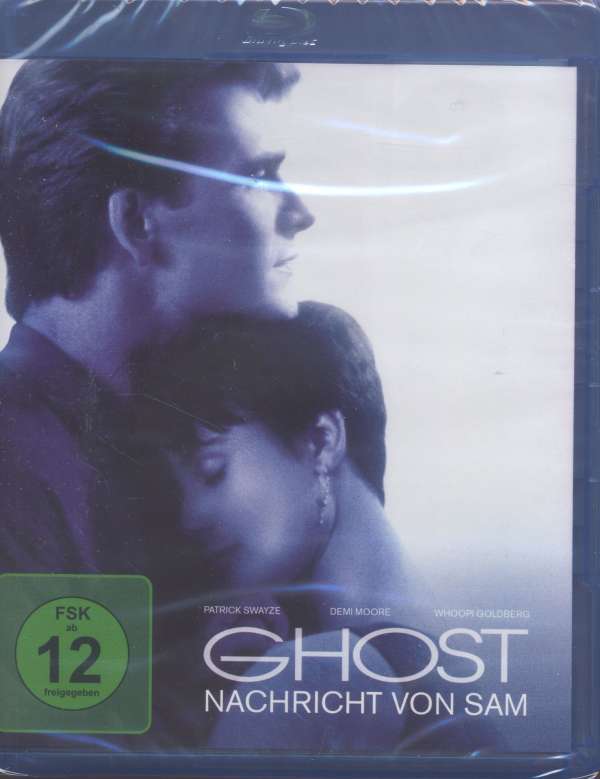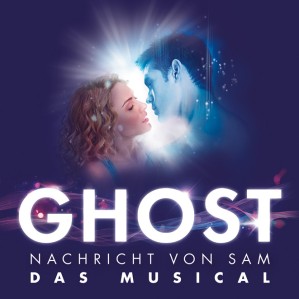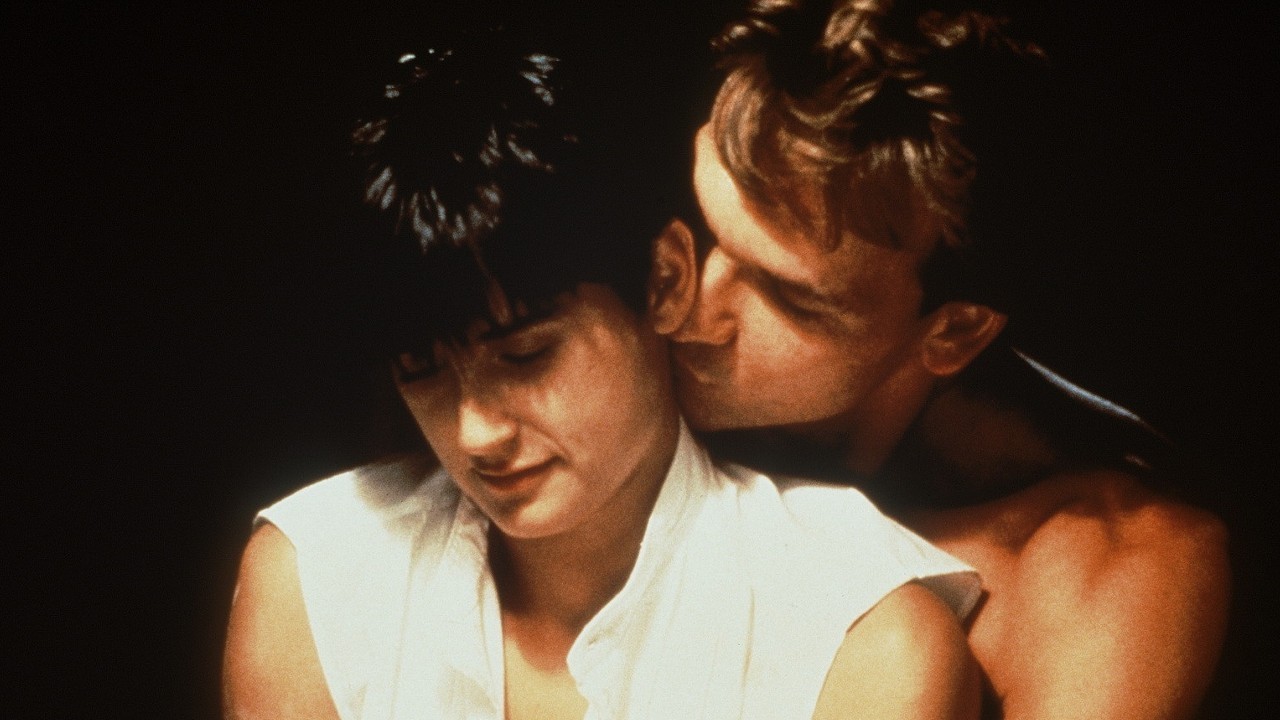

I brought some elements that had been shot on the Oxberry animation stand with an endoscope of Christmas tinsel and stuff like that. “I got a piece of workprint,” recalls Edlund, “and went into a bay at the Post Group with Steve Price, who was a really great compositor. “What they had cut into the movie at that time was Patrick Swayze kissing Demi Moore and then walking up a mylar platform toward a bluescreen with grips in the shot! You couldn’t have that scene at the end of the movie and expect the audience to be into it-it had to be ethereal and ghostly and powerful.”

You get thrown out of the ring several times!”Įdlund would take advantage of this digital technology, and its ability to provide fast shot turnarounds, when he was asked to produce effects on the final ascending-to-heaven sequence in Ghost (1990) for the purposes of a test screening. Then I would have to come back and wrestle with the optical printer, and I would consider that to be sumo wrestling. “It was so facile and there were so many possibilities in the digital world. “You could go into a Harry session with a sow’s ear and come out with a silk purse,” comments Edlund. In this excerpt from Masters of FX, Edlund explains how the sequence was put together, quickly.Įdlund says he noticed the first real major shift to digital effects when Boss Film’s commercial division began using Quantel’s “Harry” video-compositing system in the mid-1980s. When Richard Edlund was called upon in an incredibly short space of time to help craft the end sequence to Ghost – the moment when Patrick Swayze’s character ascends to heaven – video effects were deemed a suitable approach for the ethereal-looking shots. But video effects were fast becoming something used more and more. Ghost was released 30 years ago back in 1990, optical compositing with an optical printer was still the main way that effects would be composited.

A look back at Boss Film’s end Heaven sequence.


 0 kommentar(er)
0 kommentar(er)
